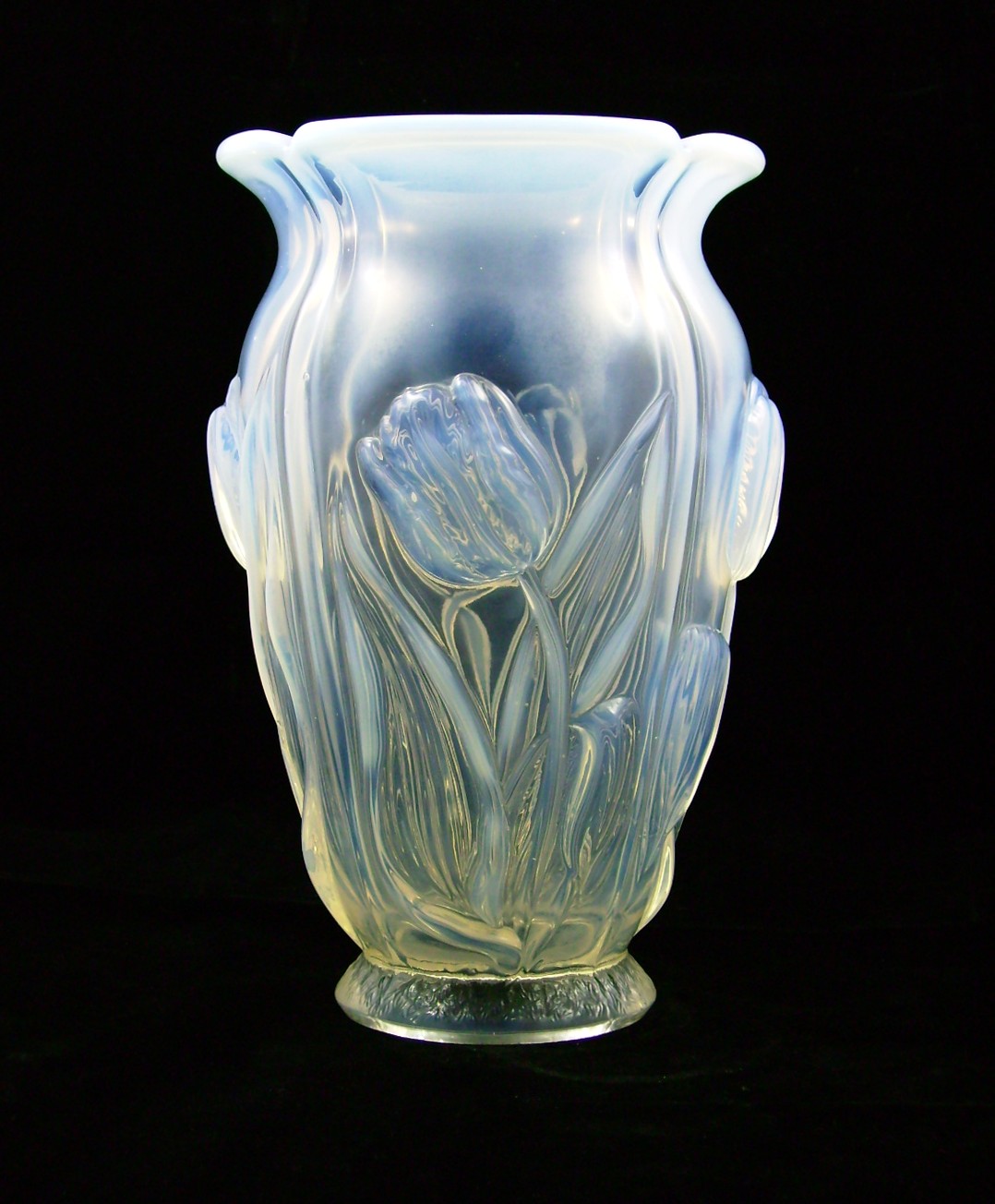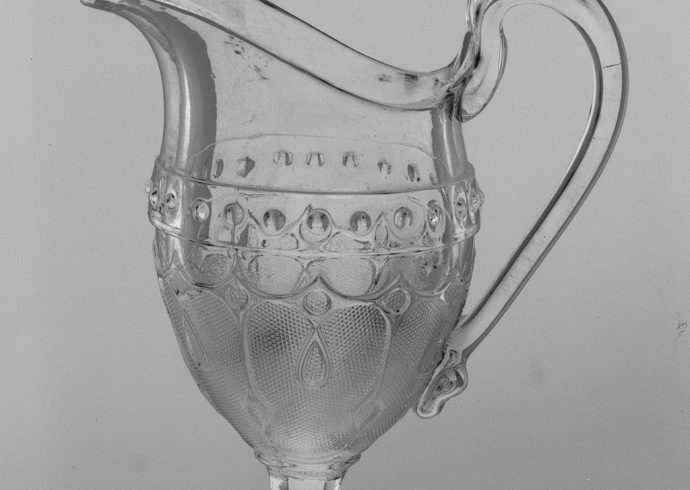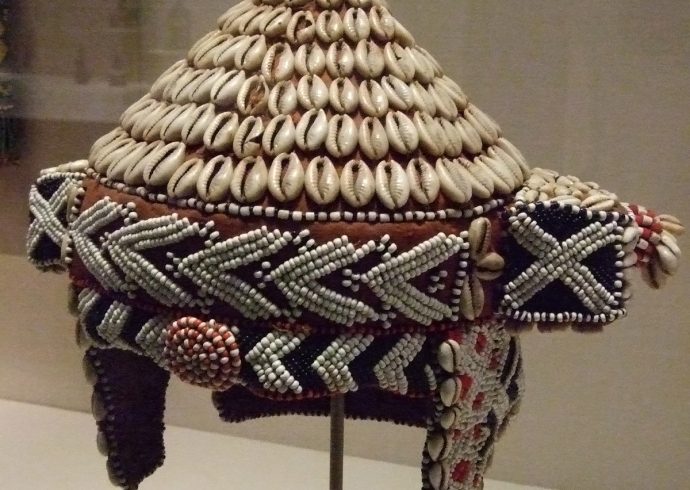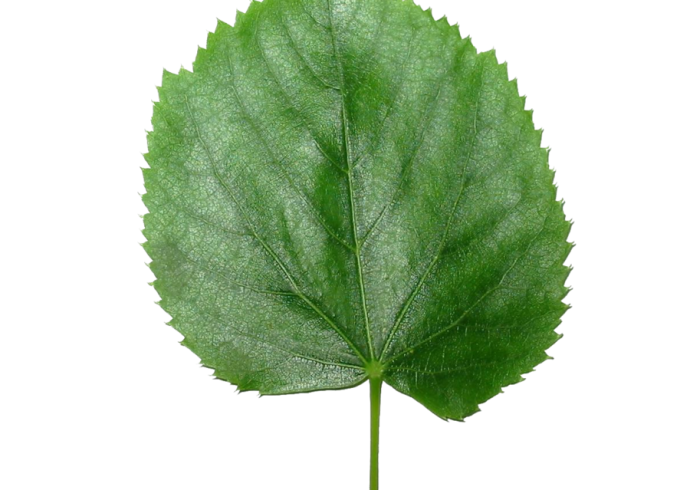
Inwald Carnival Glass
Josef Inwald opened his first glass factory at Rudolfova Hut Glass Works in the city of Dubí, Czechoslovakia in 1906. It was here where some of the most beautiful carnival glass in the world was manufactured. The carnival glass color known as marigold was not only popular in the United States, it was as equally popular in Europe. The only difference was this: the marigold glass bearing the Inwald name was a distinct, vibrant, lustrous hue which was sought after during the height of its production.
By 1914, original patterns for carnival glass were being created, some of which remain unique to the Inwald name. One notable designer working for Inwald was Rudolf Schrotter, who was responsible for creating these patterns. Over time, more talented men joined Inwald’s team of glass pattern making: Frantisek Vizner, Rudolf Jurnikl, and Adolf Matura are just a few of the names associated with these carnival glass designs.
While Inwald’s head office was in Vienna, Austria, a number of glassmaking factories were located throughout the region known as Bohemia. Two of these locations were Libochovice and Barolac. Bohemia’s reputation for glassmaking since the 13th century is well known to both collectors and glassware historians. By 1936, 40% of the world’s glass was being manufactured by Inwald’s factories.
While there are a number of popular colors used by many different glass companies in the making of marigold carnival glass, the marigold shade manufactured by Inwald seems to be richer and more vibrant. As a pressed glass with the pattern already applied to it, Inwald marigold is a deep orange, compared to a more marigold yellow-hued glass such as that manufactured by Imperial Glass, or lighter marigold orange made by Fenton in the United States.
One distinct pattern Inwald used in the production of carnival glass was called Drapery variant. On marigold carnival glass, this pattern was absolutely stunning, for it resembles golden drapes of fabric cascading downwards on the glass piece. A Markhbeinn catalogue of glassware producers and designs reveal the different items bearing the Drapery variant: decanter, pitcher, fruit bowl, tumblers of various sizes, compote, and many other household glass items. Moreover, marigold was not the only color Inwald manufactured the Drapery variant pattern in, either. One extremely rare carnival glass color this pattern appeared in was iridescent pale pink-amethyst; a more common color was iridescent clear glass. Other patterns appeared in a pale blue color called “Azurit Irisé”. Another pattern appearing on Inwald glass is called Triangle panels, a simple, clean design with a series of “facets”. More patterns include: Fleur de Lis (or Sigurd), Marion (a floral and swirl design), double diamond, and Dancing Lady with water splash and beaded rim.
The Inwald glass company fell under state control after 1945. In 1965, Inwald’s glass factories became nationalized and were part of the Sklo Union Group. The company which bought Inwald is Avirunion, which specializes in the making of container glass.
Image Credit: Kingofbananas, via Flickr.


